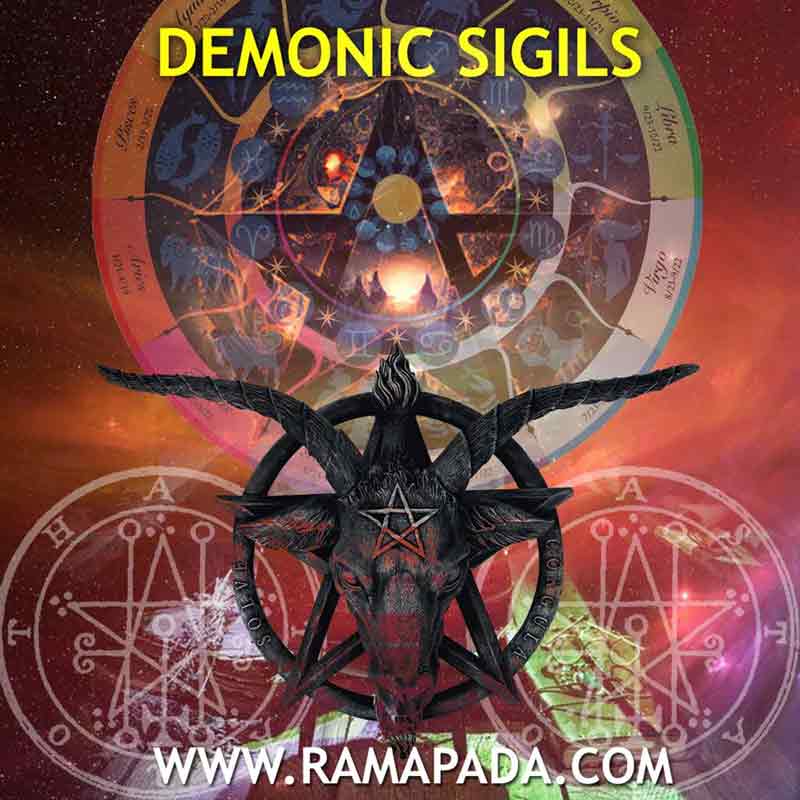In the shadowy realm of the occult, sigils hold a potent allure. People believe these symbolic representations, often geometric or featuring intricate designs, concentrate energy and intent. Demonic sigils, a specific subset, delve into the darker corners of the occult, supposedly serving as gateways to communicate with or command demonic entities.
The concept of demonic sigils has roots in demonology, the study of demons and their hierarchies. Grimoires, medieval occult texts, often depicted these sigils alongside descriptions of the demons they represented. The most famous example is the Lesser Key of Solomon, which details sigils for 72 demons.
Demonic sigils are explored as symbolic gateways tied to various types of demons, from fallen angels to night spirits, used to summon or bind them. The piece even touches on shape shifting, suggesting these entities may assume human or monstrous forms once invoked.
Here’s a deeper look at the purpose and use of demonic sigils:
- Supposed Function: The primary function attributed to these sigils is the summoning or binding of demons. Practitioners would use the sigil during rituals, believing it served as a focal point for their will and a means to attract or control the demon.
- Dangers and Risks: These are often portrayed as dangerous tools. Occult lore warns of unforeseen consequences when wielding these symbols. Some traditions warn that summoning a demon is risky. It can lead to demonic possession or malevolent influence.
A Note of Caution
It’s important to approach the topic of demonic sigils with a critical eye. There’s little scientific evidence to support their effectiveness in summoning demons. Furthermore, delving into occult practices without proper guidance can lead to psychological harm.
The Allure of the Occult
The fascination with demonic sigils likely stems from our inherent curiosity about the unknown and the desire to control powerful forces. These symbols tap into our primal fears and the thrill of the forbidden.
Demystifying the Sigil
Even outside the realm of demonology, sigils hold significance. Modern chaos magic sees practitioners actively create sigils to fuel personal growth and achieve their set goals. Here, the sigil becomes a powerful tool for focusing the will rather than a gateway to demonic realms.
Demonic sigils have long been associated with summoning both the female demon and male demon archetypes found across mythology and folklore. From the ars goetia of Solomonic magic to Hindu mythology, traditions describe goetic demons such as the marquis of hell, prince of hell, or great duke of hell, who guard hidden treasures or rise from the bottomless pit. A list of demons often reveals fallen angels, evil spirits, and the angel of death, alongside the mysterious night demon. This page provides a table of contents with demon names include various infernal rulers and powers across cultures.
Demonic sigils remain an intriguing aspect of occult history. Whether viewed as dangerous tools or mere symbolic representations, they continue to capture our imagination, serving as a reminder of the enduring human interest in the mysterious and the potential dangers of unchecked power.

